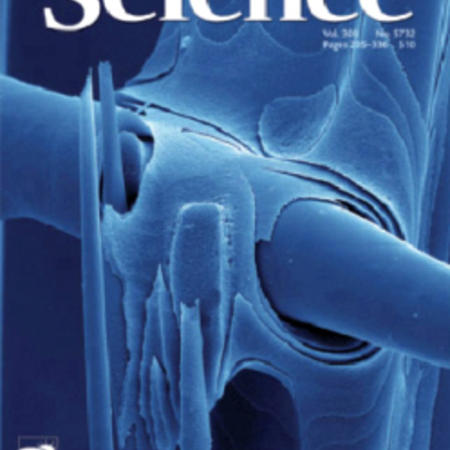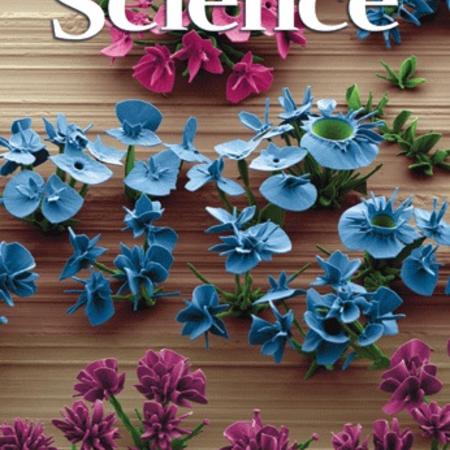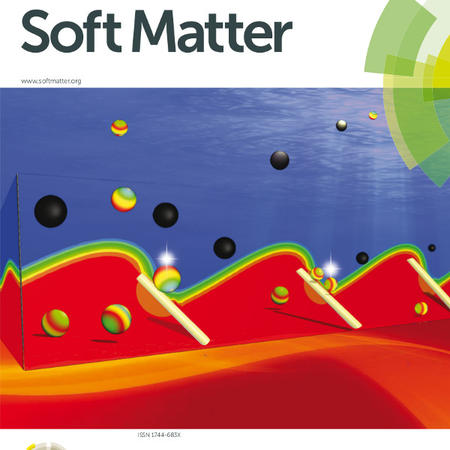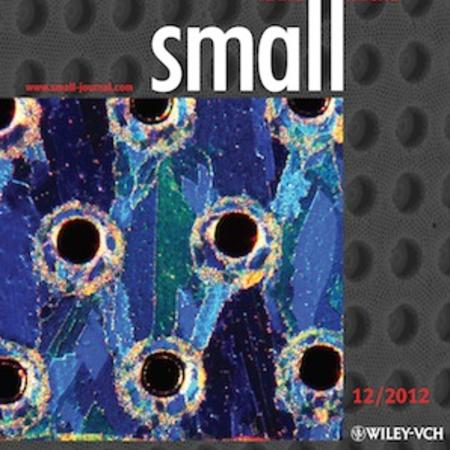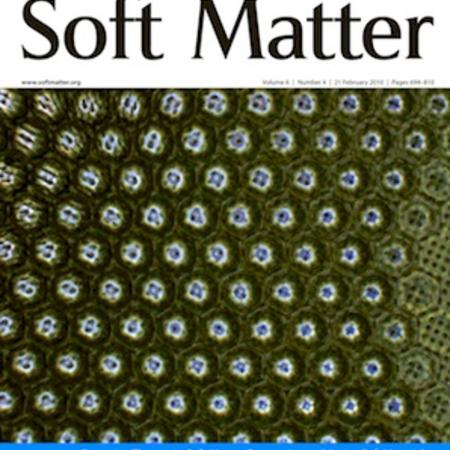Citation:
Abstract:
Catalysis is one of the most sophisticated areas of materials research that encompasses a diverse set of materials and phenomena occurring on multiple length and time scales. Designing catalysts that can be broadly applied toward global energy and environmental challenges requires the development of universal frameworks for complex catalytic systems through rational and independent (or quasi-independent) optimization of multiple structural and compositional features. Toward addressing this goal, a modular platform is presented in which sacrificial organic colloids bearing catalytic nanoparticles on their surfaces self-assemble with matrix precursors, simultaneously structuring the resulting porous networks and fine-tuning the locations of catalyst particles. This strategy allows combinatorial variations of the material building blocks and their organization, in turn providing numerous degrees of freedom for optimizing the material’s functional properties, from the nanoscale to the macroscale. The platform enables systematic studies and rational design of efficient and robust systems for a wide range of catalytic and photocatalytic reactions, as well as their integration into industrial and other real-life environments.
Notes:
E.S., T.S., A.V.S., and A.G. contributed equally to this work. The authors acknowledge David and Elisha Shirman for thoughtful discussions and their assistance with the manuscript. This work was partially supported by the Integrated Mesoscale Architectures for Sustainable Catalysis, an Energy Frontier Research Center funded by the U.S. Department of Energy, Office of Science, Basic Energy Sciences under award #DE-SC0012573. This work was performed in part at the Harvard University Center for Nanoscale Systems (CNS), a member of the National Nanotechnology Coordinated Infrastructure Network (NNCI), which is supported by the National Science Foundation under NSF ECCS award no. 1541959.
